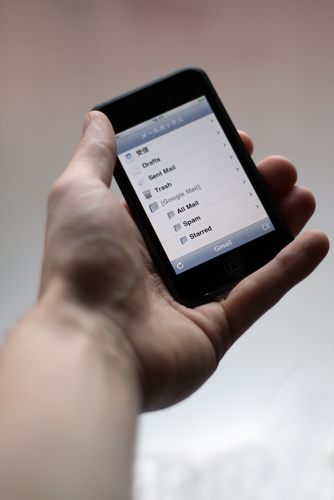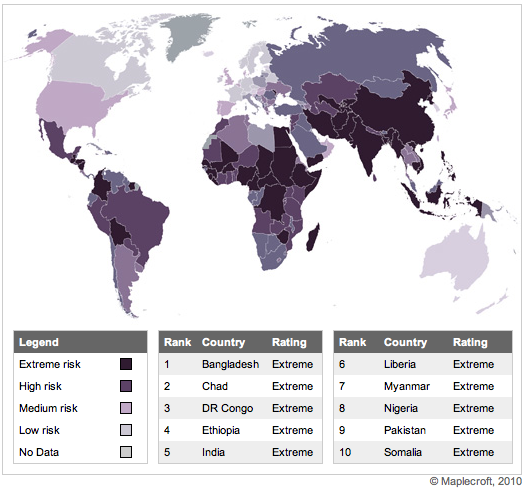The passing of Steve Jobs is a watershed event for the today’s digital world. He may not have invented the computer or the MP3 player or mobile phone or the tablet, but his innovations revolutionized the way we interact both with our technology and with each other. His impact cannot be understated. As President Obama said in response to Jobs’ death, “There may be no greater tribute to Steve’s success that the fact that much of the world learned of his passing on a device he invented.” Similarly, I’m typing this on a Mac and I’m sure many of you are reading it on your own Macs, iPhones and iPads. As one writer put it, he now joins the pantheon of American innovators like Henry Ford and John D. Rockefeller. For many, he was and will remain a hero.
Back in 2005, Jobs delivered the commencement address at Stanford University. As was his style, it was a direct and inspiring address. The YouTube video is below and the transcript can be found here. Many quotes stand out but I wanted to highlight a couple that resonated for me. The first came after he told the story of how he was fired form Apple in 1985:
Sometimes life hits you in the head with a brick. Don’t lose faith. I’m convinced that the only thing that kept me going was that I loved what I did. You’ve got to find what you love. And that is as true for your work as it is for your lovers. Your work is going to fill a large part of your life, and the only way to be truly satisfied is to do what you believe is great work. And the only way to do great work is to love what you do. If you haven’t found it yet, keep looking. Don’t settle. As with all matters of the heart, you’ll know when you find it. And, like any great relationship, it just gets better and better as the years roll on. So keep looking until you find it. Don’t settle.
The next came after he spoke of his fight with pancreatic cancer:
No one wants to die. Even people who want to go to heaven don’t want to die to get there. And yet death is the destination we all share. No one has ever escaped it. And that is as it should be, because death is very likely the single best invention of life. It is life’s change agent. It clears out the old to make way for the new. Right now the new is you, but someday not too long from now, you will gradually become the old and be cleared away. Sorry to be so dramatic, but it is quite true.
Your time is limited, so don’t waste it living someone else’s life. Don’t be trapped by dogma — which is living with the results of other people’s thinking. Don’t let the noise of others’ opinions drown out your own inner voice. And most important, have the courage to follow your heart and intuition. They somehow already know what you truly want to become. Everything else is secondary.
Coincidentally, I also wrote a bit about Steve Jobs and his departure from Apple in the Preface of the October issue of Risk Management. In it I talked about Apple’s next steps in light of their founder’s departure. The article is not available online, so I share it here:
When Apple CEO Steve Jobs announced his retirement in August, the internet exploded as countless Apple fanboys wondered about the future of their beloved company. The unenviable task of replacing Jobs now falls to Tim Cook, who formerly served as Apple’s COO. He certainly has his work cut out for him. During Jobs’ 14-year tenure as CEO, Apple’s stock has risen more than 9,000%, taking it from a tech start-up on the verge of bankruptcy to a firm that now vies with Exxon Mobil for the title of “most valuable company in the world.” Perhaps more importantly, Jobs was the visionary behind such innovations as iTunes, iPods, iPhones and iPads that have not only changed markets but helped transform the way people interact. Talk about a tough act to follow.
Despite the size of the shoes he has to fill, it is unlikely that Apple will suffer with Cook at the helm. After all, he has been with the company for 13 years and even served as acting CEO during Jobs’ medical leaves. It is, however, a different world than it was when Jobs took over Apple in 1997. Hacking is no longer simply a hobby for basement-dwelling computer geeks. Now it is big business. And what better target than the products of the world’s most valuable company? Malware and viruses that were once virtually nonexistent on the Mac platform are already starting to proliferate as motivated hackers have become more creative. Case in point: hackers recently discovered a vulnerability in MacBook batteries—a place no one ever thought to look—that would allow them to take over the computer or even set it on fire. Based on this, perhaps Apple’s new CEO will need to focus less on growing the company and more on protecting it.
As I read through various message boards about Jobs, I came across a quote shared by many people in one variation or another that shows the impact he had on so many people. “Three apples changed the world forever. The first once seduced Eve, the second fell on Newton and the third was offered to the world by Steve Jobs.”
Modern society is typically given to hyperbole that is, in many cases, unearned. Steve Jobs is not one of those cases. It is the rare CEO that can inspire devotion and admiration beyond the products or services their company sells. But as the many tributes you are likely to see in the coming days will attest, Jobs was no ordinary businessman. He was a visionary and an icon and he will be missed.
Rest in peace, Mr. Jobs.



 As the report states, there are more than 200 million children working throughout the world, many full-time. Of these, 126 million are exposed to hazardous forms of child labor. As we have seen, many big-name companies have been accused of using child labor, and though they’ve taken many steps to correct their ethical violations, the reputation damage still lingers — and may do so forever.
As the report states, there are more than 200 million children working throughout the world, many full-time. Of these, 126 million are exposed to hazardous forms of child labor. As we have seen, many big-name companies have been accused of using child labor, and though they’ve taken many steps to correct their ethical violations, the reputation damage still lingers — and may do so forever.